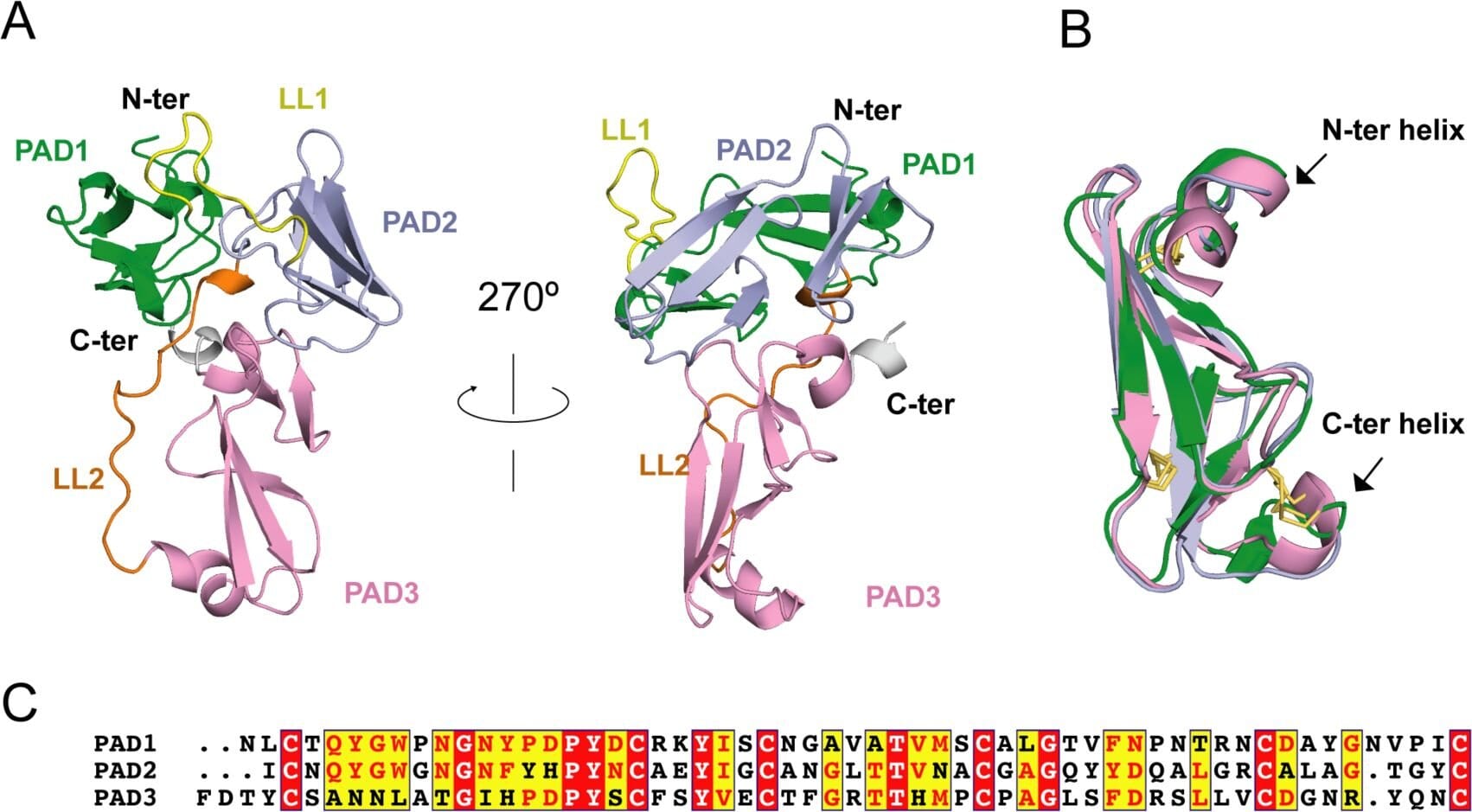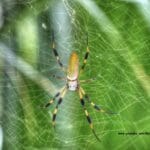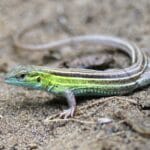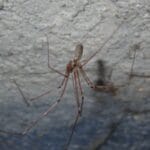A delicate balance of power thrives within the emerald depths of the tropical rainforest. Predator-prey relationships, honed over millennia, drive evolution and maintain the breathtaking biodiversity of this complex ecosystem. From apex predators to cryptic hunters, the rainforest teems with a diverse cast of characters, each playing a vital role in the constant drama of survival. Join us as we explore the intricate web of life within this vibrant world, where adaptation and strategy determine who feasts and who becomes the feast.
The Silent Dance: Hunters and Hunted
The tropical rainforest pulsates with life, a vibrant tapestry woven with the threads of predator and prey. Imagine a jaguar, the apex predator of the American rainforest, melting into the dappled shadows, its spotted coat a perfect camouflage. Its potential prey, the capybara, the world’s largest rodent, grazes peacefully along a riverbank, its keen senses alert for any sign of danger. This is the essence of the rainforest’s dynamic—a silent dance between hunter and hunted, a constant test of instinct and adaptation. Who will win this particular encounter? The outcome is never certain, and that very uncertainty fuels the evolutionary arms race that has shaped the rainforest for millennia.
An Evolutionary Arms Race
Over eons, the relentless pressure of predator versus prey has driven astonishing evolutionary adaptations. Prey species have developed remarkable defenses, wielding camouflage like an invisibility cloak, mimicry as a deceptive shield, and toxins as a potent deterrent. The walking stick, for example, resembles a twig, nearly invisible to hungry eyes. The poison dart frog, adorned in vibrant hues, warns potential predators of its deadly toxins. But predators, too, have evolved, honing their senses, sharpening their claws and fangs, and developing ingenious hunting strategies. The harpy eagle, with its razor-sharp talons and telescopic vision, can snatch a monkey from the canopy with breathtaking speed. The anaconda, a master of ambush, constricts its prey with unbelievable force. This unending cycle of adaptation and counter-adaptation shapes the extraordinary biodiversity of the rainforest, a symphony of survival played out in a million different ways.
Beyond “Eat or Be Eaten”: The Web of Life
Predator-prey relationships are far more complex than a simple hunt. They are the very foundation of the rainforest ecosystem, influencing everything from population dynamics to seed dispersal. Predators, like the jaguar and the harpy eagle, regulate prey populations, preventing overgrazing and promoting biodiversity. Their presence shapes the very structure of the forest, influencing where prey animals graze and, consequently, where seeds are dispersed. Consider the ocelot, a smaller, more agile feline than the jaguar. It preys on a diverse range of animals, from rodents and reptiles to birds and fish. Its success, or lack thereof, can have cascading effects throughout the food web.
A World Under Threat: The Human Impact
The biggest threat to this intricate web of life is human activity. Deforestation, driven by our insatiable demand for resources, tears gaping holes in the rainforest, disrupting hunting grounds, fragmenting populations, and pushing countless species towards the brink. Scientists estimate we are losing tens of thousands of species each year, many within the rainforests. The loss of apex predators, like the jaguar, can trigger a cascade of ecological consequences, leading to imbalances and potentially driving other species to extinction. Ongoing research continues to unveil the intricate connections within this complex ecosystem, reminding us that protecting the rainforest isn’t merely about saving trees—it’s about safeguarding the entire web of life that depends on them.
The Rainforest’s Carnivores: A Diverse Cast
The rainforest’s meat-eaters are a diverse group, each with unique adaptations and hunting strategies. From the apex predators that reign supreme to the smaller, specialized carnivores, every meat-eater plays a vital role in the rainforest ecosystem.
Apex Predators: Kings and Queens of the Jungle
The jaguar, the largest cat in the Americas, is an apex predator, a master of stealth and power. Its prey includes large mammals like peccaries, deer, and even capybara. The harpy eagle, another apex predator, rules the skies, snatching monkeys and sloths from the canopy with its powerful talons. In the murky waters, the green anaconda, a giant constrictor snake, lies in wait, ambushing capybara, caiman, and other unsuspecting prey. These apex predators play a crucial role in regulating prey populations, maintaining the delicate balance of the rainforest ecosystem.
Mid-Level Predators: Masters of Adaptation
Mid-level predators, such as the ocelot and the tayra, occupy a critical niche in the rainforest. Ocelots are agile climbers and hunters, targeting rodents, birds, and reptiles. The tayra, a weasel-like creature, is an opportunistic omnivore, consuming both meat and fruit. Boas, constrictor snakes, ambush their prey, squeezing them tightly until they suffocate. Caimans, aquatic ambush predators, lurk in rivers and streams, feeding on fish, turtles, and small mammals. These mid-level predators contribute to the rainforest’s biodiversity and help control prey populations.
Specialized Carnivores: Niche Hunters
The rainforest is also home to specialized carnivores with unique adaptations for hunting specific prey. The giant anteater, with its long, sticky tongue and powerful claws, is perfectly suited for raiding ant and termite nests. Insectivorous birds possess specialized beaks for extracting insects from bark and soil. The poison dart frog, tiny and brightly colored, secretes potent toxins to subdue its insect prey. Tarantulas, large, hairy spiders, inject venom into their prey before consuming it. These specialized carnivores contribute to the rainforest’s incredible diversity and play a vital role in controlling insect populations.
The Fragile Balance: Human Impact and Conservation
The intricate web of life in the tropical rainforest is under constant threat from human activities. Deforestation, driven by agriculture, logging, and mining, destroys habitats, fragments populations, and disrupts the delicate balance of predator-prey relationships. Hunting further reduces populations, pushing some species towards extinction. The loss of even a single species can have cascading effects throughout the ecosystem. Climate change, with its unpredictable weather patterns and rising temperatures, poses another serious threat. Understanding these complex interactions and the potential consequences of their disruption is crucial for effective conservation efforts. Learn more about balancing equations in science as a metaphor for understanding the delicate equilibrium of nature.
Two Iconic Predator-Prey Relationships
Let’s delve into two specific examples that highlight the fascinating dynamics between predator and prey in the rainforest:
Jaguars and Sloths: A Story of Stealth and Camouflage
High in the canopy, a sloth hangs motionless, its fur blending seamlessly with the foliage. Below, a jaguar stalks, its keen senses honed for detecting the slightest movement. The sloth’s slow movements and camouflage are evolutionary responses to the constant threat of jaguar predation. Some scientists suggest that this predation pressure may even lead to localized extinctions of certain sloth species, though ongoing research is needed to fully understand this complex relationship.
Anacondas and Capybaras: A River’s Embrace
Near the water’s edge, a different drama unfolds. The anaconda, a massive snake of immense power, lies in wait, patiently anticipating the arrival of its prey – the capybara. These semi-aquatic rodents are highly social, living in large groups that offer some protection. Their whistling alarms warn of approaching danger, but the anaconda is a master of ambush. When it strikes, the capybara’s chances of escape are slim. This intense struggle is a stark reminder of the constant battle for survival in the rainforest.
Protecting the Rainforest: Our Responsibility
These intricate predator-prey relationships are essential for the health and biodiversity of the rainforest. Protecting these vital connections is crucial for the survival of countless species and the preservation of this invaluable ecosystem. By supporting sustainable practices, reducing our consumption of products that contribute to deforestation, and advocating for stronger rainforest protections, we can help ensure that the rainforest’s thriving hunt continues for generations to come.
- China II Review: Delicious Food & Speedy Service - April 17, 2025
- Understand Virginia’s Flag: History & Debate - April 17, 2025
- Explore Long Island’s Map: Unique Regions & Insights - April 17, 2025

















2 thoughts on “The Thriving Hunt: Predator and Prey Dynamics of the Tropical Rainforest”
Comments are closed.